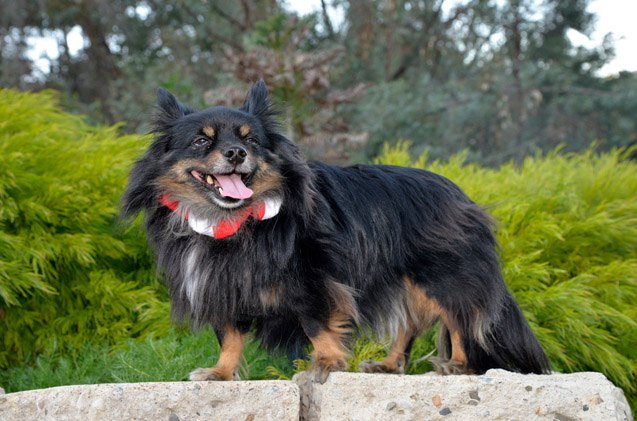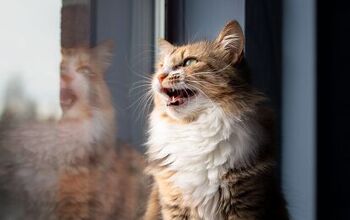Papitese


About Papitese
The sweet-natured Papitese brings the best of two breeds; the happy, friendly disposition of the Papillon and the bold nature of the Maltese for a wonderful family dog that is great with kids and other pets but is cautious of strangers and ready to step in as watchdog when the need arises.
The Papitese combines the friendly Papillon with the bold little Maltese.
While this boy comes from two breeds that date back hundreds of years, the Papitese actually originated just 30 or 40 years ago when Designer Dogs first came on the scene. It was in the 1980’s that breeders first began crossing various purebred dogs in order to create smaller, hypo-allergenic or gentler variations of some of the more popular breeds.
Because the Papitese is considered a mixed breed dog, he is not eligible to join the American Kennel Club (AKC) however both parent breeds are members; the Papillon joined their “toy” group back in 1915 while the Maltese joined the same group in 1888.
The Papitese is not a super-active dog and his food will need to reflect this if you are to prevent him from gaining weight and becoming obese. Choose a nutrient-rich top quality kibble that is specifically intended for his size, age and activity level and because he can be prone to joint issues later in life, be careful not to allow him to free-feed – serve him portioned meals 2-3 times daily along with plenty of fresh water and healthy treats.
The Papitese is known to train fairly easily because of his keen-to-please personality.
The Papitese is known to train fairly easily because of his keen-to-please personality. He listens well to commands and requires few repetitions for a relatively quick socialization and obedience training experience. Be sure to take a consistent, rewards-based approach is the best way to encourage this pooch – lots of verbal praise and treats of your choice with get the results you want over time.
Your Papitese will weigh between 6 to 10 pounds.
The Papitese is a great dog for families with kids as they love to play and interact with their human pack. In spite of his small size, he comes from two bold little breeds and while he is loyal to his family, he is suspect of strangers and has no qualms about making his concerns known – loudly. Great watchdog potential with this little guy.
Your Papitese is considered a Designer Dog and they are typically bred to sidestep many of the health issues that can afflict their parent breeds. As a new pet parent you should always be familiar with what your pup can inherit and in the case of the Papitese that can include joint issues, vision issues and Portosystemic Shunt or liver disease.
The Papitese will typically live for between 14 and 15 years.
While your Papitese is high energy and just loves vigorous play-dates with his family, he’s not big on extensive exercise and doesn’t require lengthy walks to keep him in shape. A short daily walk, interactive games – both the indoor and outdoor variety – should be enough to keep him happy and healthy.
The Papitese loves to play and interact with his human pack.
Also known as the Maltillon, the Papitese is recognized by the the Dog Registry of America, Inc. (DRA) American Canine Hybrid Club (ACHC), Designer Breed Registry (DBR), Designer Dogs Kennel Club (DDKC) and the International Designer Canine Registry (IDCR).
The Papitese has a thick, dense coat that is typically curly and sheds minimally. Maintenance is down to simple brushing 2 to 3 times per week to keep his coat from collecting debris and becoming matted or tangled. As with most dogs, bathing should only be done as needed to prevent drying out his skin and professional grooming is not necessary. Tear staining may be visible on this white-coated dog so washing his face and eye area with a soft, damp washcloth should be done at the same time as brushing.
The Papitese puppy is a smart little dog that can begin his obedience lessons early on. Because he is unlikely to be an overly active dog, getting him out and used to a leash at a young age is important. His small size means he is prone to joint injuries so care should be taken to not over-exert and potentially injure tiny limbs during his exercise sessions.
Photo credit: Eric Isselee/Shutterstock.com; Joy Brown/Shutterstock.com; Steve Bruckmann/Shutterstock.com

Sharing space with three seriously judgy Schnoodles and a feline who prefers to be left alone. #LivingMyBestLife
More by Mary Simpson

























